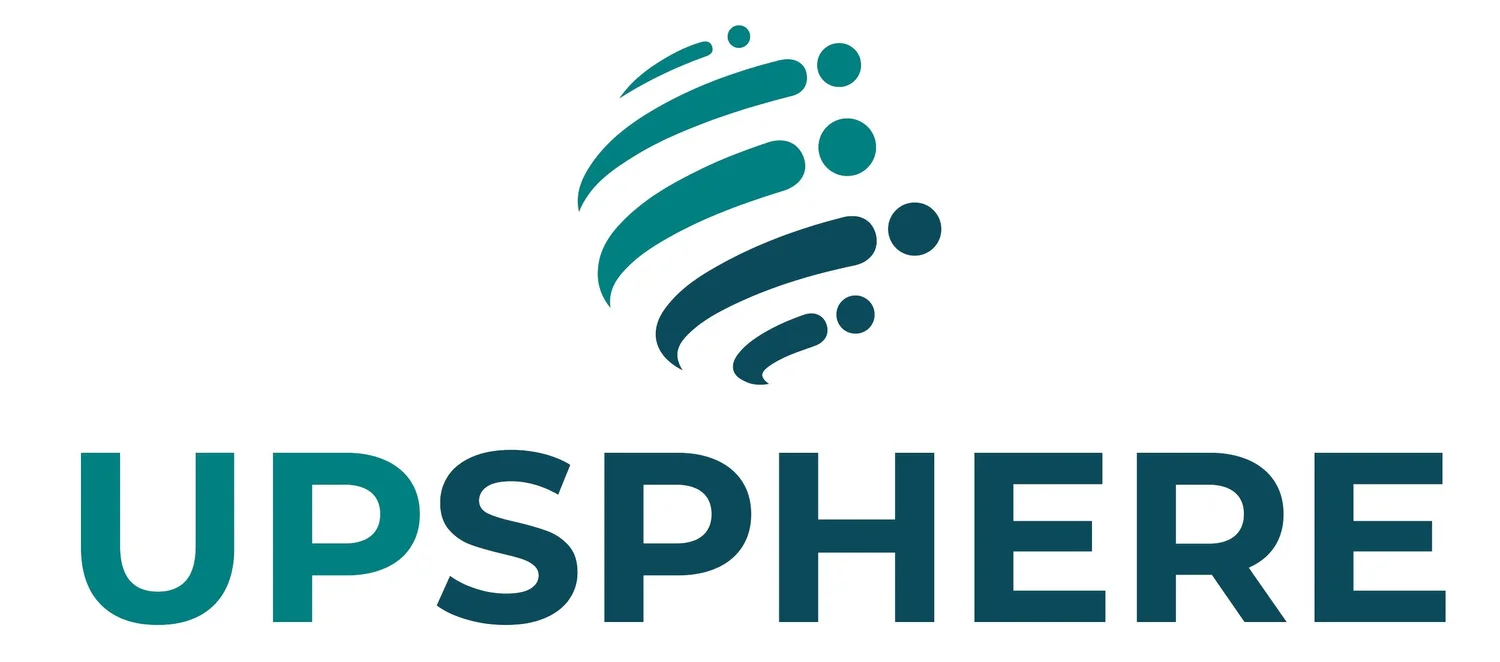Co-Create and Scale Thoughtfully
AI Adoption in the Workplace: Why Co-Creation Drives Long-Term Success
Integrating AI into organizational culture isn’t just a technology initiative—it’s a cultural transformation. To truly embed AI in the workplace, leaders must move beyond top-down directives and engage the people who live the work every day.
At UpSphere, we help organizations embrace human-centered AI adoption by aligning business strategy with employee experience. And that starts with co-creation.
Why Co-Creation Is Essential for AI Integration
AI adoption often fails not because the tools are flawed—but because employees weren’t part of designing how the tools would be used.
Co-creation invites employees into the process of AI discovery and design. It gives voice to those who:
Understand how processes actually unfold on the ground.
Have deep insight into inefficiencies and pain points.
Can anticipate where AI can enhance (rather than disrupt) existing workflows.
Involving cross-functional teams early enables:
Higher adoption rates of AI tools.
More relevant AI use cases aligned with actual work.
Greater trust in leadership and the transformation process.
When employees feel heard, they become champions, not resistors of change.
Best Practices for Cross-Functional AI Collaboration
To implement co-creation effectively, leaders should:
Host AI ideation sessions with teams from multiple departments.
Ask structured questions like:
– What tasks are repetitive or time-consuming?
– Where do we consistently see bottlenecks?
– Which processes require better decision support?Establish pilot teams that can test and refine AI tools in real scenarios.
Provide psychological safety to share feedback, challenges, and ideas without judgment.
This process not only creates better AI solutions it empowers employees to shape the future of work.
Scaling AI in Organizations: Go Slow to Go Far
Once your pilot programs are working, the natural instinct is to scale quickly. But thoughtful scaling is essential to sustaining momentum.
Here’s how to scale AI strategically:
Refine based on feedback: Document what worked, what didn’t, and how teams adapted.
Develop playbooks for scaling successful pilots to new departments or regions.
Celebrate wins: Share stories from teams who’ve improved productivity, enhanced service delivery, or eliminated inefficiencies with AI tools.
Use internal storytelling: Feature employees in internal communications, team meetings, or town halls to build excitement and normalize AI use.
This approach positions AI not as a threat to jobs—but as a partner in performance.
The Role of Leadership in Human-Centered AI
Leaders and HR professionals play a pivotal role in aligning AI adoption with culture. Your leadership determines whether AI is seen as a tool for efficiency—or as a bridge to better work.
To create lasting impact:
Encourage curiosity over compliance.
Reward teams for testing new solutions, even when outcomes aren’t perfect.
Communicate the strategic intent behind AI initiatives clearly and consistently.
Employees need to understand not only what is changing, but why it matters.
We help businesses move from reactive to proactive by embedding AI into the DNA of organizational culture—ensuring tools are not only adopted, but embraced.
Because sustainable transformation doesn’t happen through tools alone. It happens when people feel connected to the future they’re helping build.
